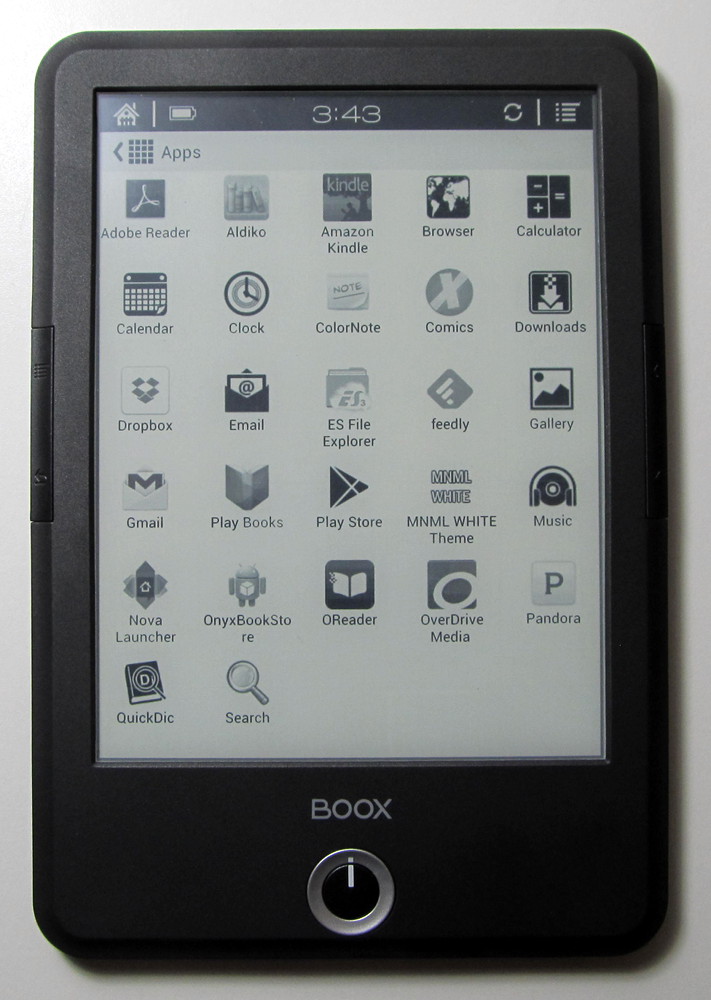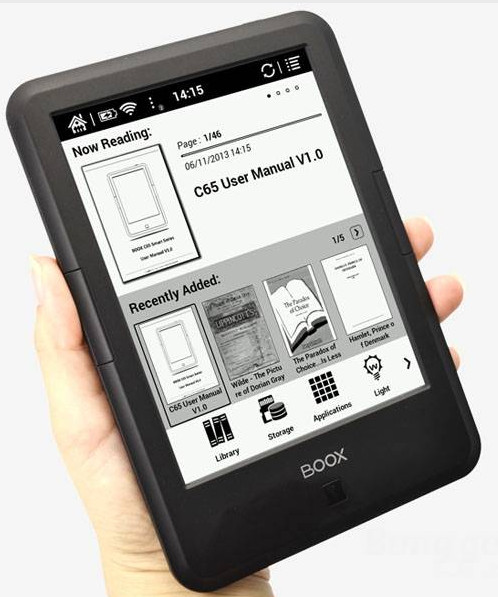
I’m not sure what activating it with Onyx means.

That was a simple as giving it an e-mail address (a unique one as per usual), and typing in the confirmation code received on that mail address. It took me several attempts to get it loaded, until I realised I had to register the device with Onyx first as well. That isn’t a big issue, on the contrary, but to use it as an e-reader I also wanted to have the Kindle app installed and that required the Google store. It’s a Chinese product, so despite it being an Android device, there’s no preloaded Google stuff on it. Once I’ve done that, I can start looking at the workflow of the device itself, and the fit with the rest of my workflow. My first impressions are only about trying those things out. Run a variety of e-reader apps as a generic Android tablet.Multilingual text recognition of handwritten notes,.Syncing with various cloud tools (Evernote, Dropbox e.g.),.The Nova2 promises a handful of useful things:

The crucial thing for that is the ability to escape the specific silo a device is part of. Handwritten notes to be either exported as is, or transposed into text. It therefore needs to be a seamless part of my workflow, meaning that things I write or annotate need to easily flow into other steps and the tools connected to those steps. To read non-fiction and annotate, as well as for handwritten notes and sketches. The Nova2 is intended as a work device for me. Today I finally tried my hand at working with the device, so here are some first impressions.

(Meanwhile he has blogged his first impressions and experiences, in German) For most of the week the device sat on my desk, as I didn’t have time yet to take a proper look. Last week I treated myself with an Boox Nova2 e-ink Android tablet, after reading about it in Robert Lender’s blog.


 0 kommentar(er)
0 kommentar(er)
